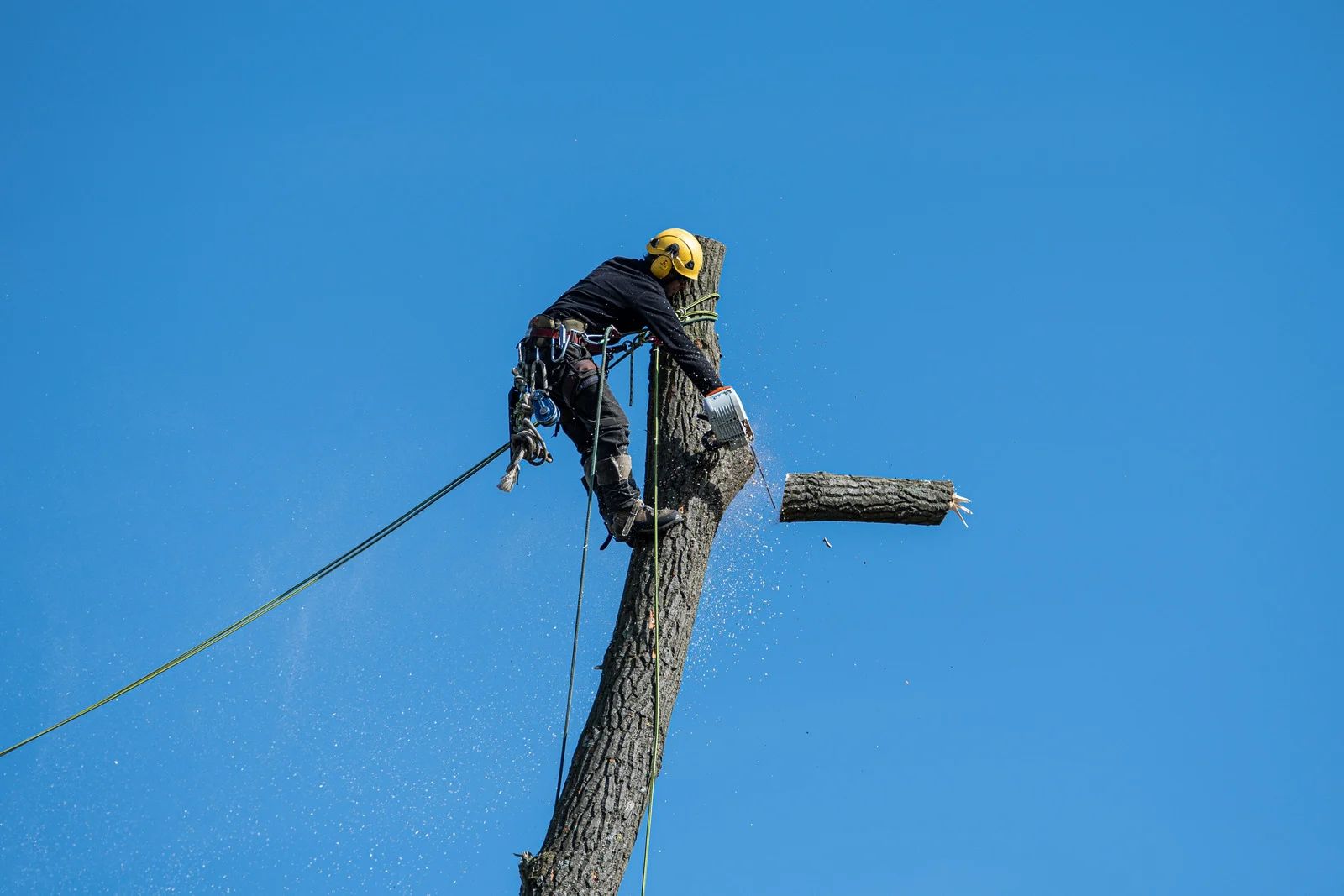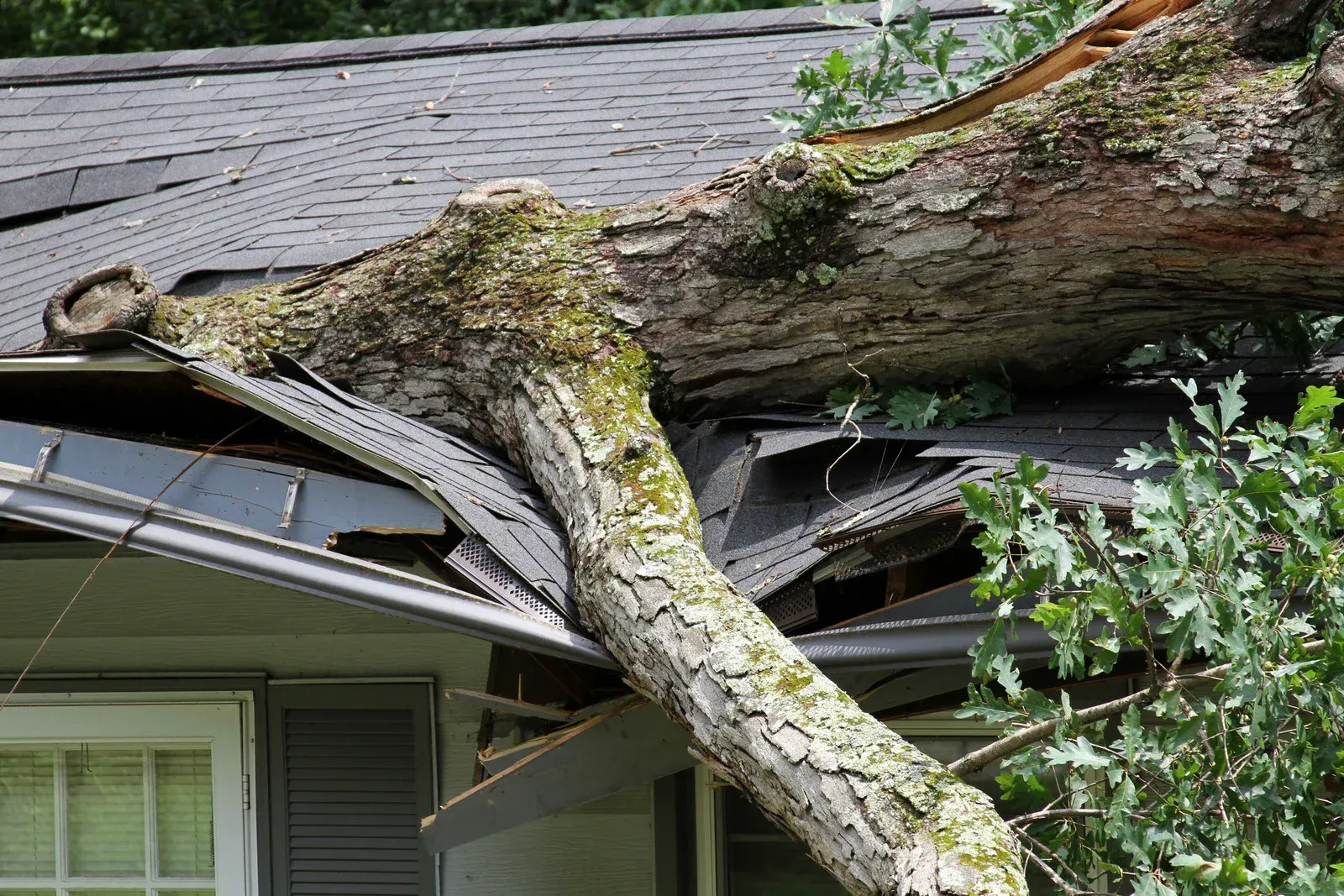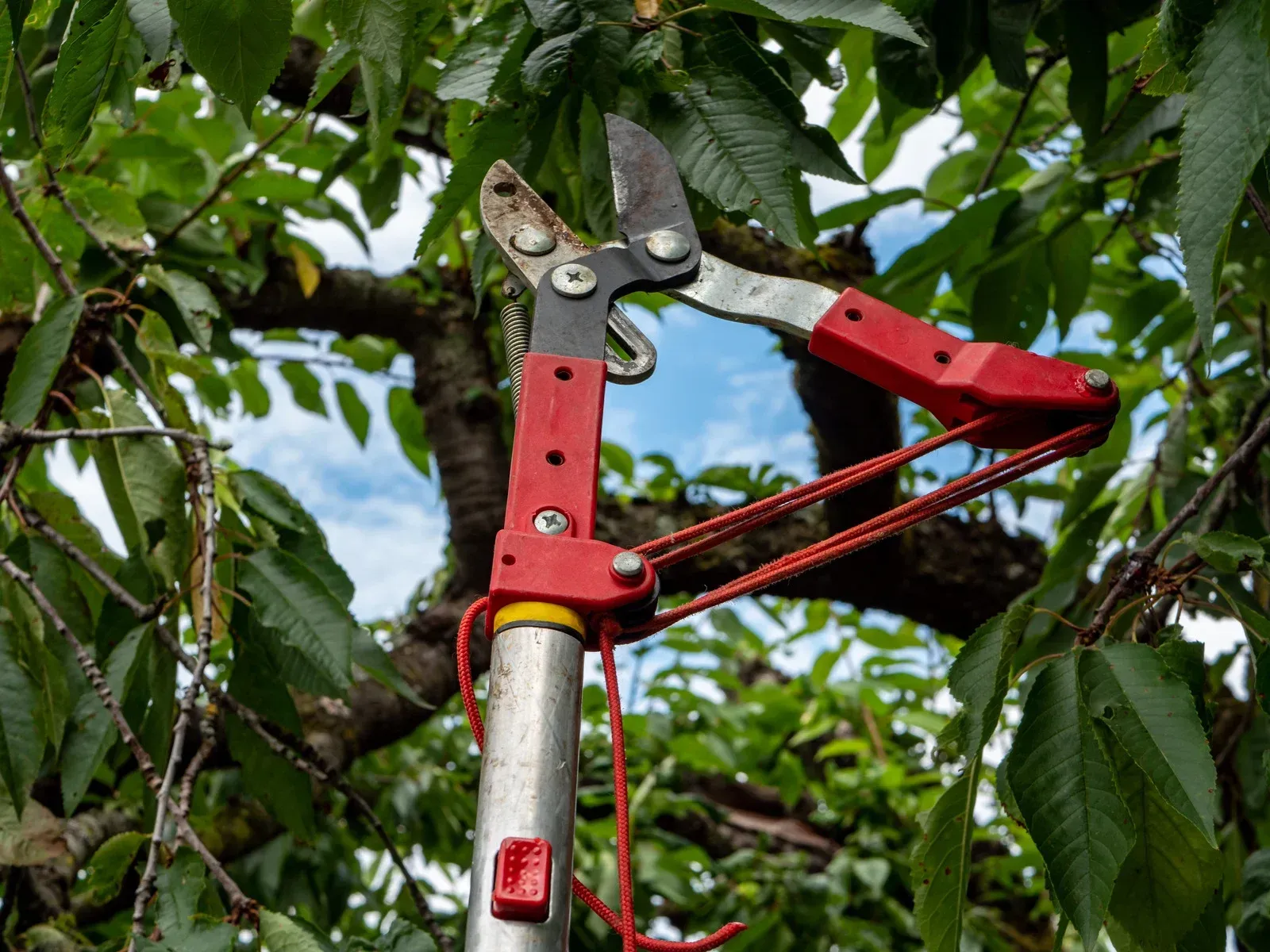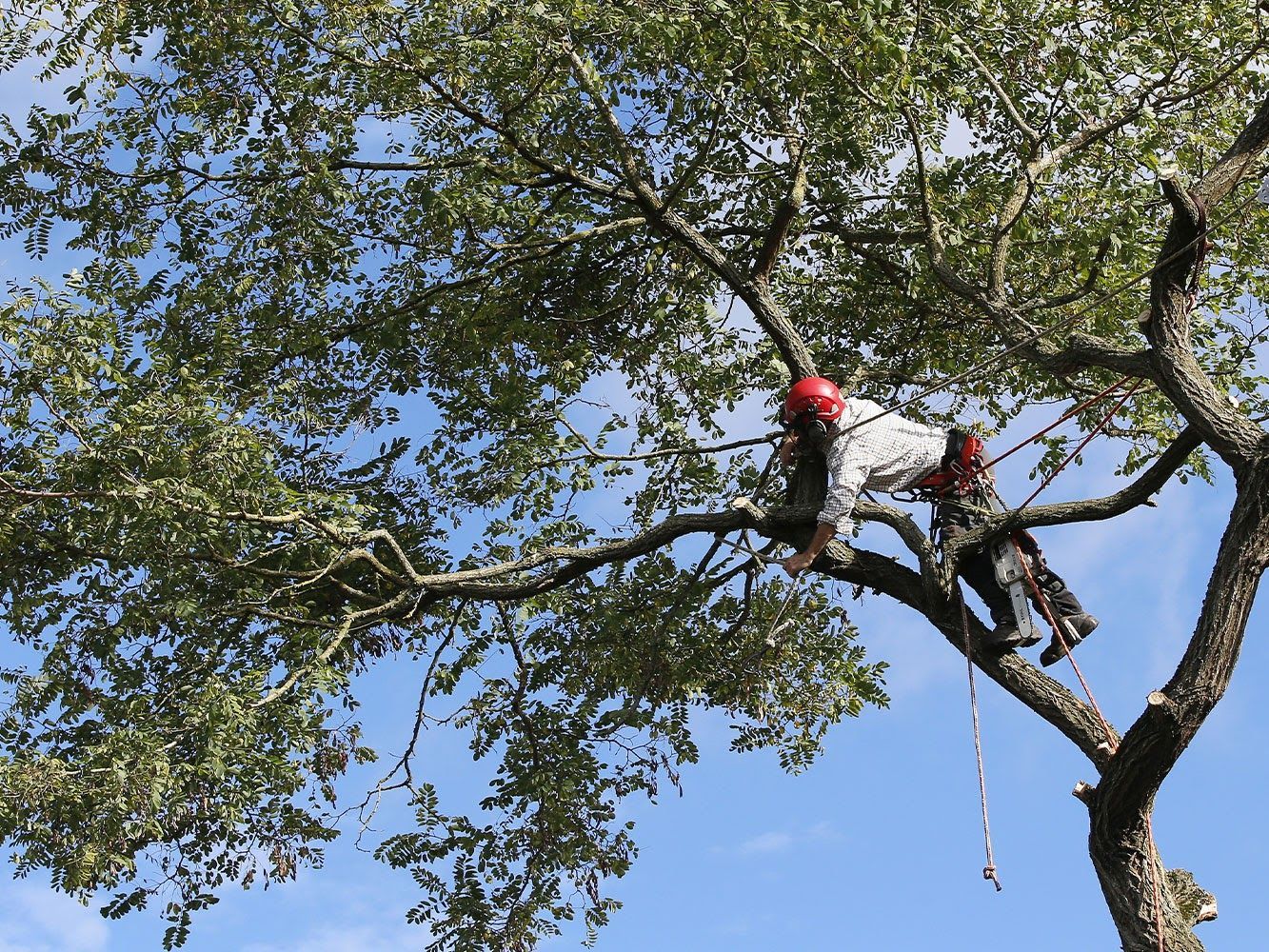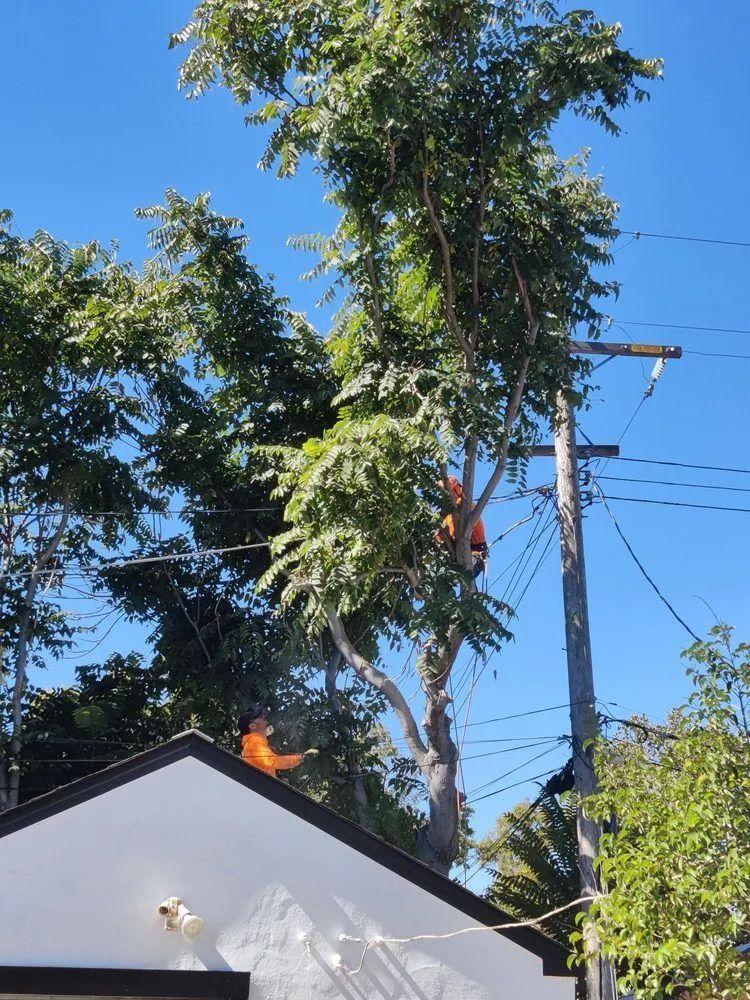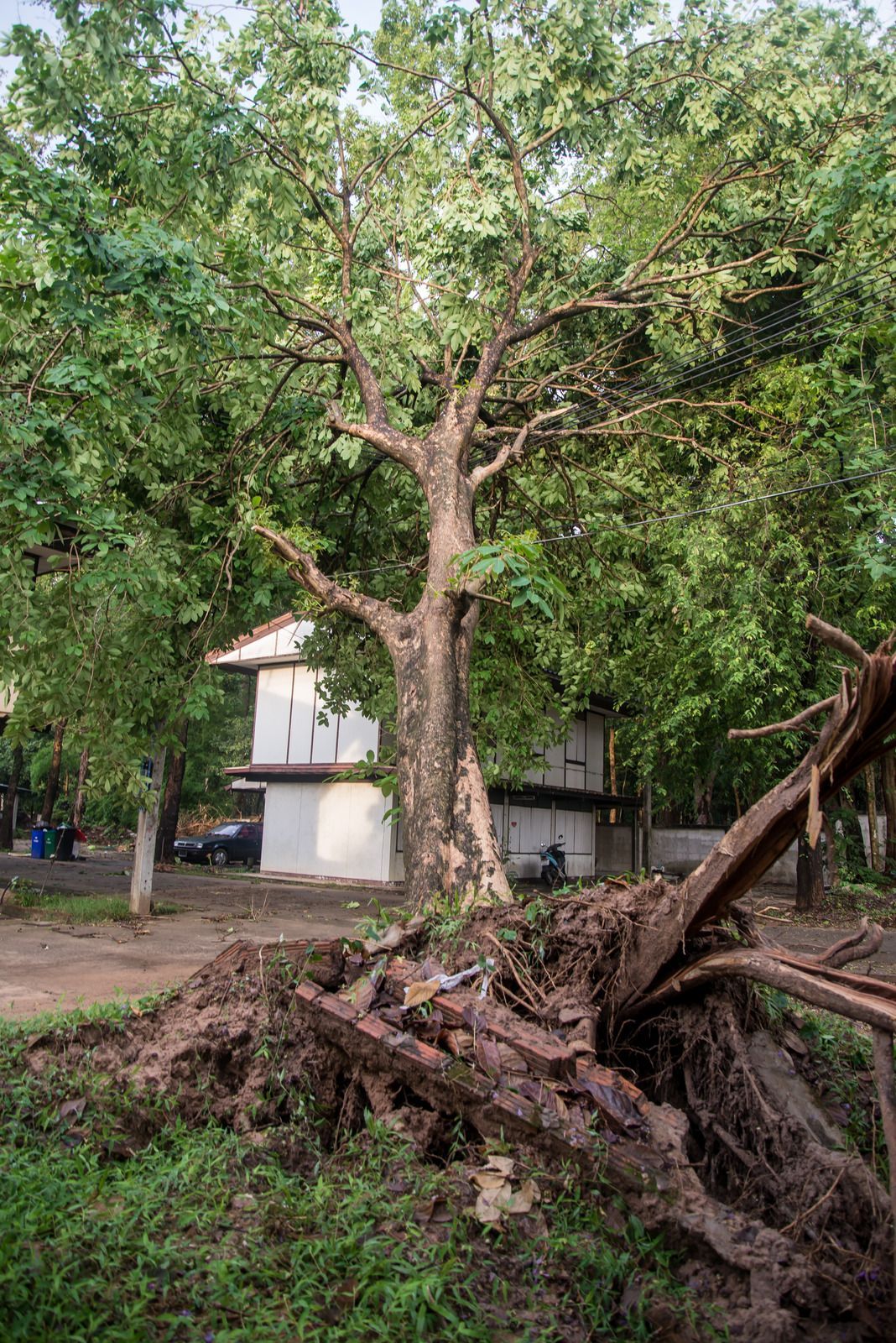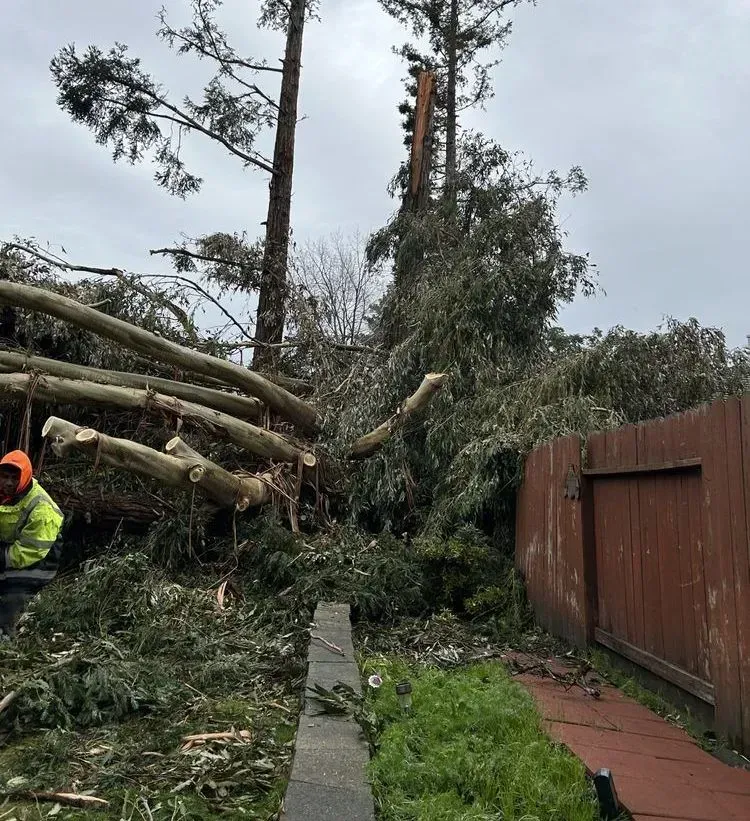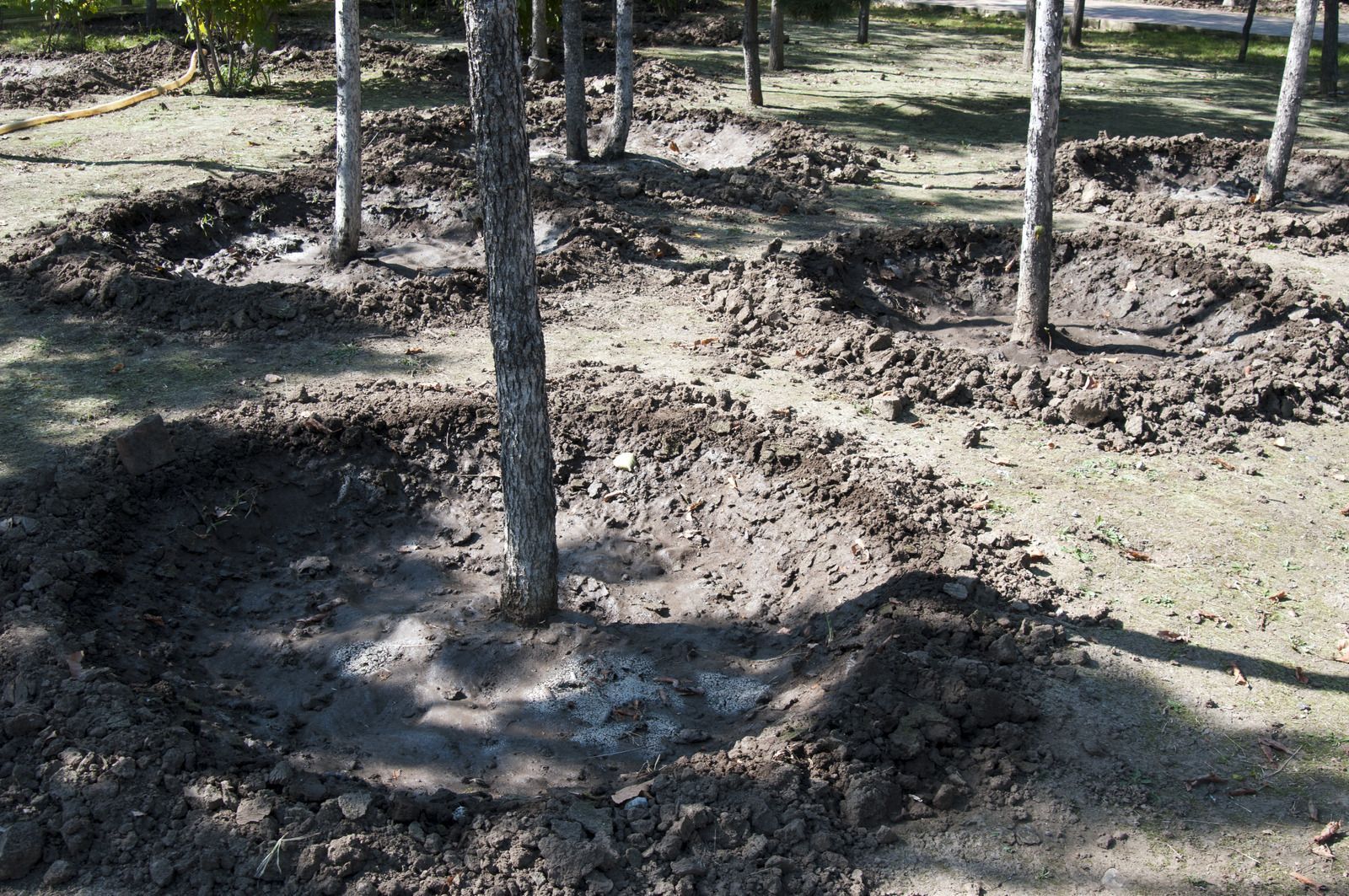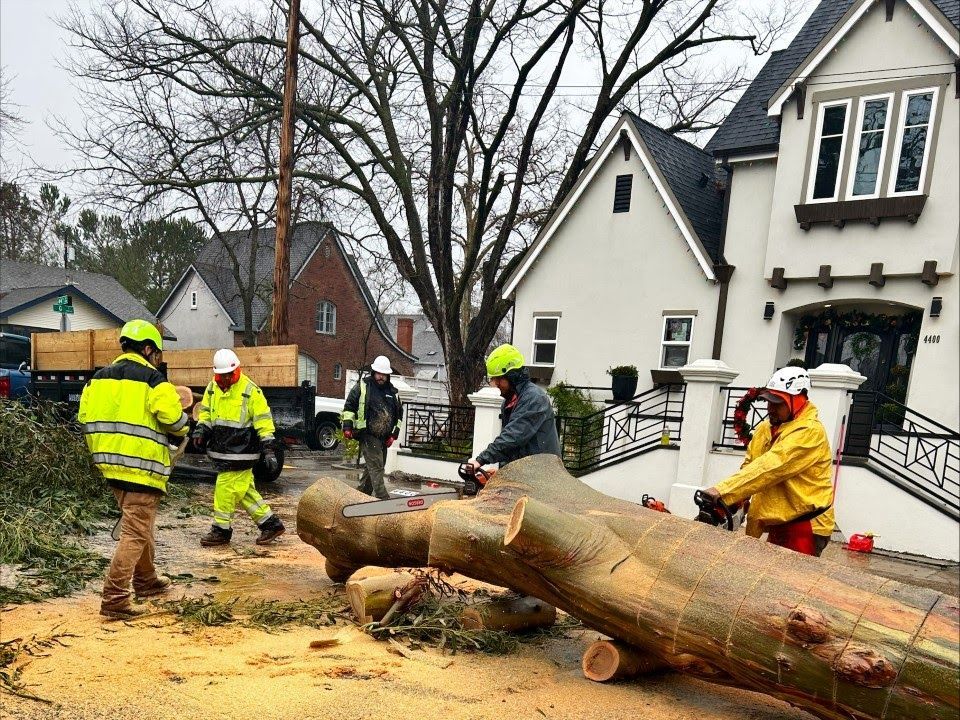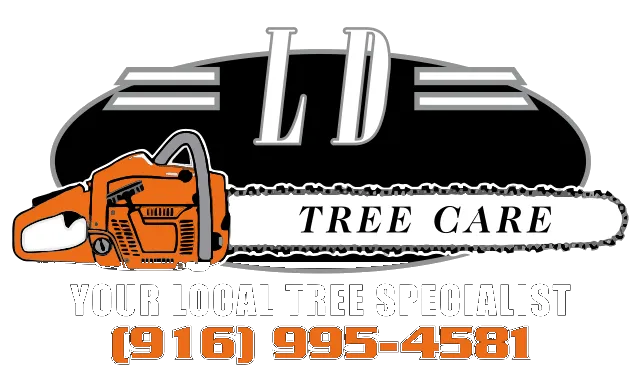Common Tree Pests and How to Get Rid of Them
Trees are not just beautiful additions to your yard—they are vital to the environment, providing shade, oxygen, and habitat for wildlife. However, trees are constantly under threat from a variety of pests that can damage or even kill them if left unchecked. From insects that bore into trunks to sap-sucking pests that weaken branches, these invaders can compromise the health and longevity of your trees. Recognizing common
tree pests and taking proactive steps to manage them is essential for maintaining a vibrant and thriving landscape. Understanding these pests is the first step toward effective control.
1. Aphids
Aphids are small, soft-bodied insects that feed on the sap of leaves and stems. They reproduce rapidly and can cause leaves to curl, yellow, or drop prematurely. Heavy infestations can weaken trees over time, making them more susceptible to disease. To control aphids, use insecticidal soap or horticultural oils, which are safe for most trees. Encouraging natural predators like ladybugs can also help keep populations in check.
2. Emerald Ash Borer
The emerald ash borer is a destructive beetle that targets ash trees. Its larvae bore into the tree’s inner bark, disrupting the flow of nutrients and water. Early signs include thinning foliage, bark splitting, and D-shaped exit holes. Left untreated, these beetles can kill an ash tree within a few years. Preventive measures include systemic insecticides and regular monitoring of ash trees. Professional treatment is recommended for severe infestations.
3. Scale Insects
Scale insects attach themselves to stems, branches, and leaves, appearing as small bumps. They feed on sap and secrete honeydew, which can promote mold growth and attract ants. Heavy infestations can stunt tree growth and cause branch dieback. Controlling scales often involves applying horticultural oils during dormant seasons and removing heavily infested branches. Monitoring trees throughout the growing season helps ensure early detection of potential issues before they cause serious damage.
4. Caterpillars
Caterpillars are voracious feeders that can defoliate trees quickly. Different species target different trees, so proper identification is crucial. Severe defoliation can cause significant stress to trees, resulting in reduced flowering and fruit production. Manual removal of caterpillars, pruning affected areas, and using Bacillus thuringiensis (Bt), a natural bacterial insecticide, can be effective management strategies.
5. Borers
Borers are larvae of beetles that tunnel into tree trunks and branches, causing structural damage. Signs include small holes in bark, sawdust-like frass, and dieback of branches. Infested trees often show slow growth or sudden decline. Maintaining tree health through proper watering and fertilization can reduce vulnerability, while targeted insecticide treatments are often necessary for infested trees.
Proactive monitoring and early intervention are essential in preventing tree pests from causing significant damage. Regular inspections and maintaining tree health can reduce susceptibility to infestations and support long-term growth.
Trusted Tree Care with LD Tree Care
Protecting your trees from pests requires expertise, vigilance, and the right treatment strategies. LD Tree Care, based in Sacramento, California, brings 15 years of experience in tree care and pest management. Our team specializes in identifying common tree pests and implementing effective solutions to ensure your trees remain healthy and beautiful throughout the year. From preventive care to targeted treatments, we offer professional services tailored to the unique needs of your landscape. Trust LD Tree Care to safeguard your trees and enhance the longevity of your green spaces with proven expertise and dedication.
